Table of Contents
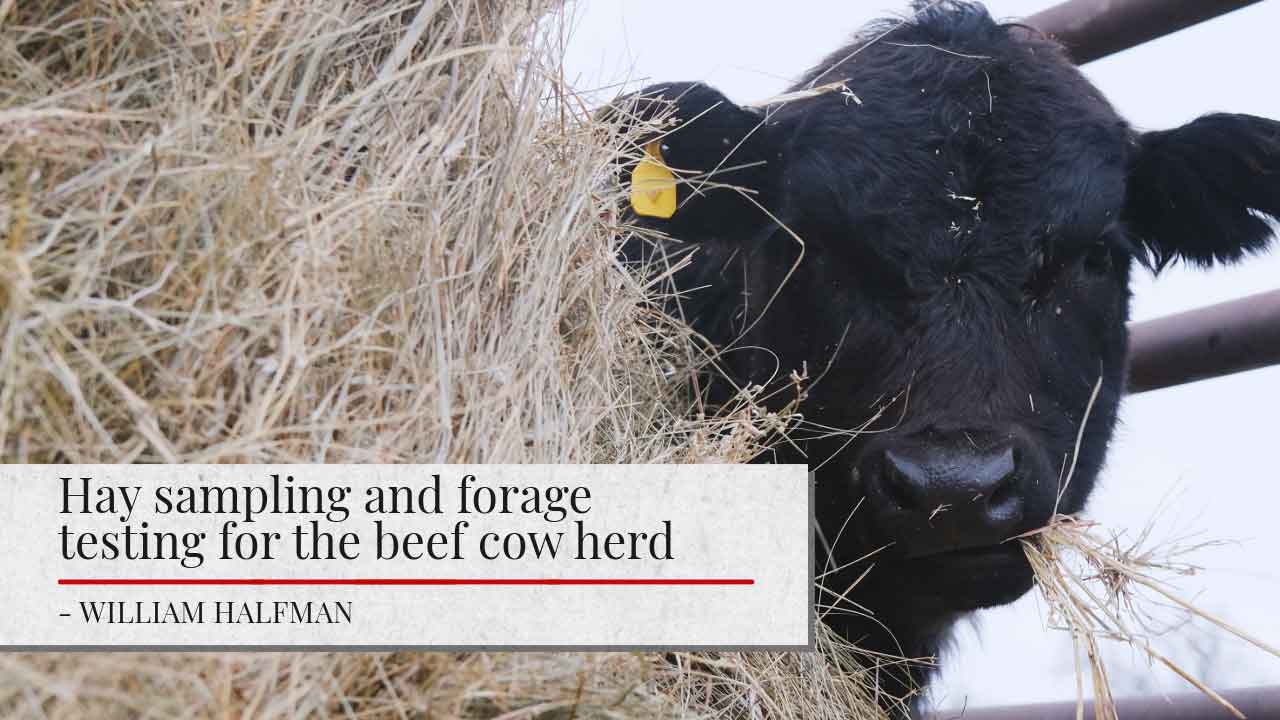
This article originally appeared in the Midwest Forage Association Clippings newsletter (10/31/2024).
Introduction
Getting hay harvested in a timely manner has been troublesome this year, resulting in an abundance of poor-quality forage. How well will this hay meet the beef cow’s nutritional needs over the winter? The old saying “You can’t manage what you don’t measure” fits well here. Having forage analyzed will help to determine where and when to feed different lots of hay as well as determine supplementation needs. Taking a representative sample of your various lots of hay is an important part of this process.
Ideally, as hay was harvested it was stored in a manner identified by cutting and field, or similar fields. Each of these unique lots should be sampled separately. Sampling procedure can impact how well forage analysis results match the actual quality of the hay. Doing this job right does not add much time to the process and helps ensure a good value from money spent on forage analysis and supplemental feed. There are different types of probes available, and they have been improved over the years. Built in sample collection canisters, tips that can easily be sharpened and other improvements have made them more user friendly. Cordless drills have also made this task easier than the hand crank probes many of are familiar with.
Recommendations to collect a representative sample from baled forages
- Use a hay probe! Avoid collecting samples by grabbing handfuls of forage. This often results in poor representation due to material loss (especially leaves) in the grab process.
- Check with your feed dealer to see if they loan hay probes. Some dealers may even come pull the samples.
- Use a probe designed for baled forages. Ideally the probe should reach 15 to 18 inches into the bale and have a large enough (1/2” to ¾”) opening to collect a representative sample. The tip should be sharp with no broken teeth. Too small of an opening and a dull tip contribute to poor sample collection.
- Cores should be taken perpendicular to direction that stems run. Square bales should have the core taken on the butt end and round bales core into the curved side. This ensures sampling across the forage collected in making the bale rather than an individual sheath.
- How many cores is enough? Research has shown that 20 cores per lot, each from a separate bale, provides good accuracy for forage analysis. It is important to collect samples as well distributed across the lot as possible. For example, if a lot has 80 bales, one core from every fourth bale would be a good method to collect a representative sample.
- Send all 20 cores together in the bag to the lab. Don’t take a subsample of the cores, as this can introduce error and adds time.
- When sampling hay stored outside, consider how it will be fed. Spoiled feed on the outside of bales will generally be refused by cows when fed freely, so remove this spoiled layer when sampling unless you plan to use a TMR or bale processor to mix all this feed together in smaller pieces which are more difficult for the cow to sort.
- When sampling wrapped hay or baleage, tape over holes created in the plastic after taking cores to prevent spoilage.
- Timing of sampling to best represent what the livestock will be fed is as followings:
- Baleage: Sample after fermentation is complete, typically 4 weeks after harvest.
- Dry hay, stored inside: Sample three to four weeks after harvest.
- Dry hay, stored outside: Sample three to four weeks prior to feeding.
What forage analysis should I get for my beef cows?
This is a common question. In most cases a basic Near Infrared Reflectance Spectroscopy (NIR) test will be sufficient for analyzing forages for beef cows. NIR tests are usually lower cost than wet chemistry tests. Visit with your nutritionist or lab you will be sending your samples to determine the name of the analysis you want done. Different labs have different names and test packages. Be sure to let the lab know if the hay is a pure legume, pure grass or a mix, as this will affect their calibration needs.
The most significant results for the beef cow herd
- Dry matter/moisture content: This is important to help determine how much of the feed to deliver, especially for ensiled feeds, and ration formulation is initially done on dry matter basis.
- Crude protein: For beef cows this test is usually adequate for formulating rations. With all the excess rain, there may be some heat damaged protein this year. Forage tests will usually report this as protein available for the cow.
- Energy: Net energy of maintenance (NEm) and total digestible nutrients (TDN) provide indicators of the energy/calories in the hay. TDN may overestimate the energy available for cows, making NEm the better metric to use.
- Neutral detergent fiber (NDF) is the best predictor of how much of the forage the cattle will be able to eat. Higher fiber content will result in lower daily intake, and vice versa.
These results help match our hay and forage inventory to herd needs during their production cycles at the time the stored forage is fed.
For example, lower quality forages can be used when cows are in the middle trimester of pregnancy and their needs are lowest, with better-quality forages fed during the third trimester and after calving if the cows calve before pastures are ready. Don’t forget that younger animals’ growth requirements or bull(s) when allocating feeds to best match their needs. Forage test results provide the information needed to determine energy and protein supplementation needs, minimizing under and over feeding and improving operational efficiency.
While some mineral content is reported on the forage test, in most cases the best plan for addressing mineral needs is using a reputable mineral and monitor intake, making sure that cattle are consuming the recommended quantity. If fed free choice, this is as simple as recording the number of days it takes for a known number of cattle to consume a 50 pound bag. From this, you can calculate daily intake and make any adjustments from there.
Conclusion
In summary, accurately sampling forages is an important part of forage testing to meet livestock needs, and test results are only as good as the sample. Forage test results provide valuable information when allocating feed resources to feed the herd efficiently and cost effectively, all while maintaining good herd health and performance.
References
Kinder, CA, GE Shewmaker, Proper Sampling (coring) of Hay Bales and Stacks, CIS 1178, University of Idaho Extension, 2011,
https://www.uidaho.edu/-/media/uidaho-responsive/files/extension/publications/cis/cis1178.pdf?la=en&rev=3e4e2fe3d5e1487e9575eb2585e1135d , accessed 09-16-2024.
Putnam, D, S Orloff, Recommended Principles for Proper Hay Sampling, National Forage Testing Association,
https://www.foragetesting.org/forage-sampling , accessed 09-16-2024
Radunz, AE, G Schriefer, Hay Analysis Guide for Beef Cattle: Determining Winter Feed Needs. UW Madison Division of Extension, 2011
https://livestock.extension.wisc.edu/articles/hay-analysis-guide-for-beef-cattle-determining-winter-feed-needs , accessed 09-16-2024
Teutsch, C, J Busch, T Keene, j Henning, Hay Sampling Strategies for Getting a Good Sample, AGR-257, University of Kentucky, 2020,
https://publications.ca.uky.edu/sites/publications.ca.uky.edu/files/AGR257.pdf, accessed 09-16-2024
Reviewers
Jerry Clark
Regional Crops Educator
University of Wisconsin-Madison, Division of Extension
Scott Newell
Alfalfa Outreach Specialist
University of Wisconsin-Madison, Division of Extension
Author

William Halfman
Beef Outreach Specialist – Bill’s educational programming has focused on beef cattle production and management, agronomic crops and soils production and management, small scale fresh market and bedding plant production, and specialty crop management.


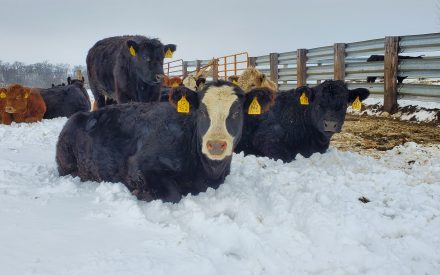 Hay Analysis Guide for Beef Cattle: Determining Winter Feed Needs
Hay Analysis Guide for Beef Cattle: Determining Winter Feed Needs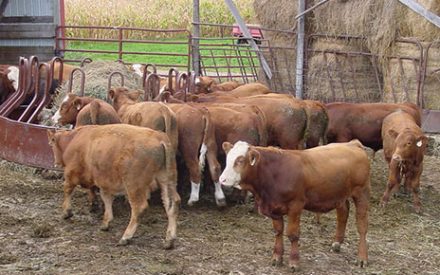 Do You Have Enough Forage? Four Steps to Figure Forage Inventory
Do You Have Enough Forage? Four Steps to Figure Forage Inventory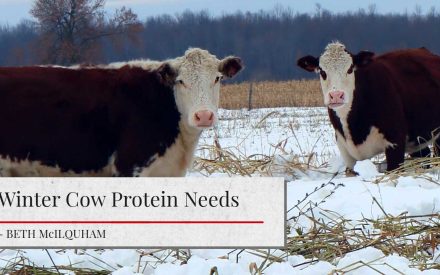 Winter Cow Protein Needs
Winter Cow Protein Needs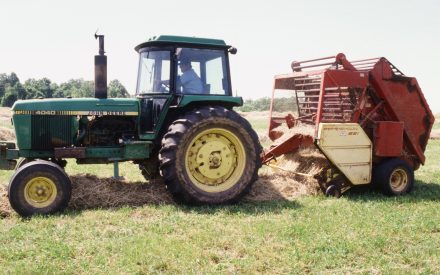 Thinking ahead for our winter hay needs
Thinking ahead for our winter hay needs


